Thermal Pulse Processing of Blanks of Small-Sized Parts Made of Beryllium Bronze and 29 NK Alloy
Abstract
:1. Introduction
- (a)
- Evaluation of the influence of the turning mode parameters of small-sized high-precision parts made of beryllium bronze BrB2 and the 29 NK alloy on the size of the roots of the burrs formed to ensure the minimum size of the roots.
- (b)
- Experimental establishment of rational parameters of thermal pulse processing of parts, ensuring the removal of burrs.
- (c)
- Development of a rational option for filling the chamber of the thermal impulse installation with parts to ensure high-performance deburring without damaging the surfaces of the parts.
2. Materials and Methods
3. Results
3.1. The Influence of the Parameters of the Turning Mode of Small-Sized High-Precision Parts, Made of Beryllium Bronze BrB2 and the 29 NK Alloy, on the Size of Burr Roots
3.2. Rational Parameters of Thermal Impulse Processing of Parts, Ensuring the Removal of Burrs without Damaging the Surfaces of Parts
3.3. A Rational Option for Filling the Chamber of the Thermal Impulse Installation with Parts to Ensure High-Performance Deburring without Damaging the Surfaces of the Parts
4. Discussion
- It has been experimentally established that the thickness of the burr root remaining after turning workpieces made of beryllium bronze BrB2 and the 29 NK alloy depends on the parameters of the cutting mode during turning. For beryllium bronze BrB2, the thickness of the burr root is primarily affected by the value of the longitudinal feed during turning, then by the cutting speed and depth of cut. For the 29 NK alloy, the thickness of the burr root depends only on the cutting speed. The difference in dependences is explained by the peculiarities of the physical and mechanical characteristics of these materials, namely, Young’s modulus, strength, and thermal conductivity.
- The relationship between the completeness of deburring by physical and technical thermal impulse deburring and the dimensions of workpieces, namely, the thickness of their walls, has been established. Complete removal of burrs without the formation of defects on the part is ensured when the thickness of the burr root is within 1/4–1/6 of the minimum thickness of the part.
- Established rational modes of thermal pulse processing ensure complete removal of burrs while meeting the requirements of the part drawing, the quality of the machined surface and the productivity of processing. The combustible mixture pressure parameter is set taking into account the thermal conductivity of the material of the workpieces, the area of the treated surface, and the characteristics of the installation. If, at the assigned pressure of the combustible mixture, all burrs with a root thickness not exceeding that established for the processed nomenclature at the rate of 1/4–1/6 of the minimum wall thickness are removed from the part occupying 30% of the chamber volume in this installation, then for the parts with the same level of thermal conductivity the pressure of the mixture changes depending on the change in the area of the treated surface.
- The developed version of filling the chamber of the thermal impulse installation with parts provides high-performance deburring without damaging the surfaces of the parts by limiting movement during processing, providing access to the gas mixture to all surfaces of the parts, providing rational use of the chamber volume, and using interchangeable adjustment for quick placement of parts in the fixture. This option of filling the chamber allows increasing the productivity of processing by a multiple of the number of tiers of the fixture at minimal cost for placing parts.
5. Conclusions
Author Contributions
Funding
Institutional Review Board Statement
Informed Consent Statement
Data Availability Statement
Conflicts of Interest
References
- Dzhurinsky, K. Miniature Coaxial Radio Components for Microwave Microelectronics. Connectors, Coaxial-Microstrip Transitions, Adapters, Microwave Inputs, Low-Frequency Inputs, Isolation Racks, Noise Filters, 3rd ed.; Technosphere: Moscow, Russia, 2006; p. 216. [Google Scholar]
- OST 4GO.070.014-79; Details of Electronic Equipment. LLC Radiostandard-TsNIIRES: Moscow, Russia, 1992; p. 15.
- Karlina, Y.I. Improvement of the technological process of processing parts of coaxial radio components using thermal impulse deburring. J. Phys. Conf. Ser. 2021, 2032, 012066. [Google Scholar] [CrossRef]
- Gillespie, L.K. Deburring and Edge Finishing Handbook; Industrial Press: New York, NY, USA, 1999; p. 404. [Google Scholar]
- Pak, N.I.; Shikunov, S.A. Numerical modeling of the process of thermal deburring by a concentrated energy flow. Processing Mater. Impulse Loads 1990, 2, 168–175. [Google Scholar]
- Adonin, S.M.; Manzhalei, V.I. On the heat transfer of detonation products of a gas mixture in a chamber. Dyn. Contin. 1986, 74, 3–10. [Google Scholar]
- Manzhalei, V.I. Experimental studies of attenuation of shock waves and heat transfer to bodies after gas detonation in chambers. Mech. React. Media Its Appl. 1989, 5, 123–132. [Google Scholar]
- Losev, A.V. Improving the Efficiency of Cleaning Parts of Pneumatic and Hydro-Fuel Systems using the Thermal Pulse Method. Ph.D. Thesis, Kharkov Polytechnic University, Kharkiv, Ukraine, 1994. [Google Scholar]
- Losev, A.V.; Kolokolov, B.A.; Meshcheryakov, S.F. Calculation of the temperature field of the plate during its local heating. Processing Met. Press. Mech. Eng. 1981, 17, 49–74. [Google Scholar]
- Losev, A.V. Theoretical analysis of thermal impulse deburring from parts. Impulse Processing Met. Press. 1997, 3, 43–49. [Google Scholar]
- Paik, J.K.; Jeon, J.S.; Kim, B.J.; Kim, S.H.; Jang, Y.S.; Kim, G.S.; Woo, J.H.; Kim, Y.S.; Chun, M.J.; Shin, Y.S.; et al. CFD simulations of gas explosion and fire actions. Ships Offshore Struct. 2010, 5, 3–12. [Google Scholar] [CrossRef]
- Plankovsky, S.I.; Shipul, O.V.; Trifonov, O.S.; Borisova, O.S. Modeling of thermal pulse processing taking into account the heterogeneity of the fuel mixture. Open Inf. Comput. Integr. Technol. 2010, 46, 75–87. [Google Scholar]
- Manuylovich, I.S. Detonation in a three-dimensional curved channel. Rep. Acad. Sci. 2018, 479, 25–28. [Google Scholar]
- Plankovsky, S.I.; Trifonov, O.S.; Shipul, O.V.; Kozlov, V.G. Mathematical modeling of the combustion of the fuel mixture in the chambers of thermal pulse machines, taking into account the transition of combustion to the detonation mode. Aerosp. Eng. Technol. 2012, 88, 5–10. [Google Scholar]
- GOST 15835-2013; Beryllium Bronze Rods. Specifications. Publishing House of Standards: Moscow, Russia, 1979; p. 15.
- GOST 14082-78; Bars and Sheets Made of Precision Alloys with a Given Temperature Coefficient of Linear Expansion. Specifications. Publishing House of Standards: Moscow, Russia, 1979; p. 8.
- ISO 6145-6:2016; Gas Analysis—Preparation of Calibration Gas Mixtures Using Dynamic Methods—Part 7: Critical Flow Orifices. ISO: Geneva, Switzerland, 2017; p. 27.
- Plankovsky, S.I.; Shipul, O.V.; Zaklinskyy, S.A.; Trifonov, O.S. Dynamic method of gas mixtures creation for plasma technologies. Probl. At. Sci. Technology. Ser. Plasma Phys. 2018, 118, 189–193. [Google Scholar]
- Zhdanov, A.A. Thermal Impulse Technologies for Cleaning Surface Parts of Aircraft Engine Units. Ph.D. Thesis, Kharkov Polytechnic University, Kharkiv, Ukraine, 2003. [Google Scholar]
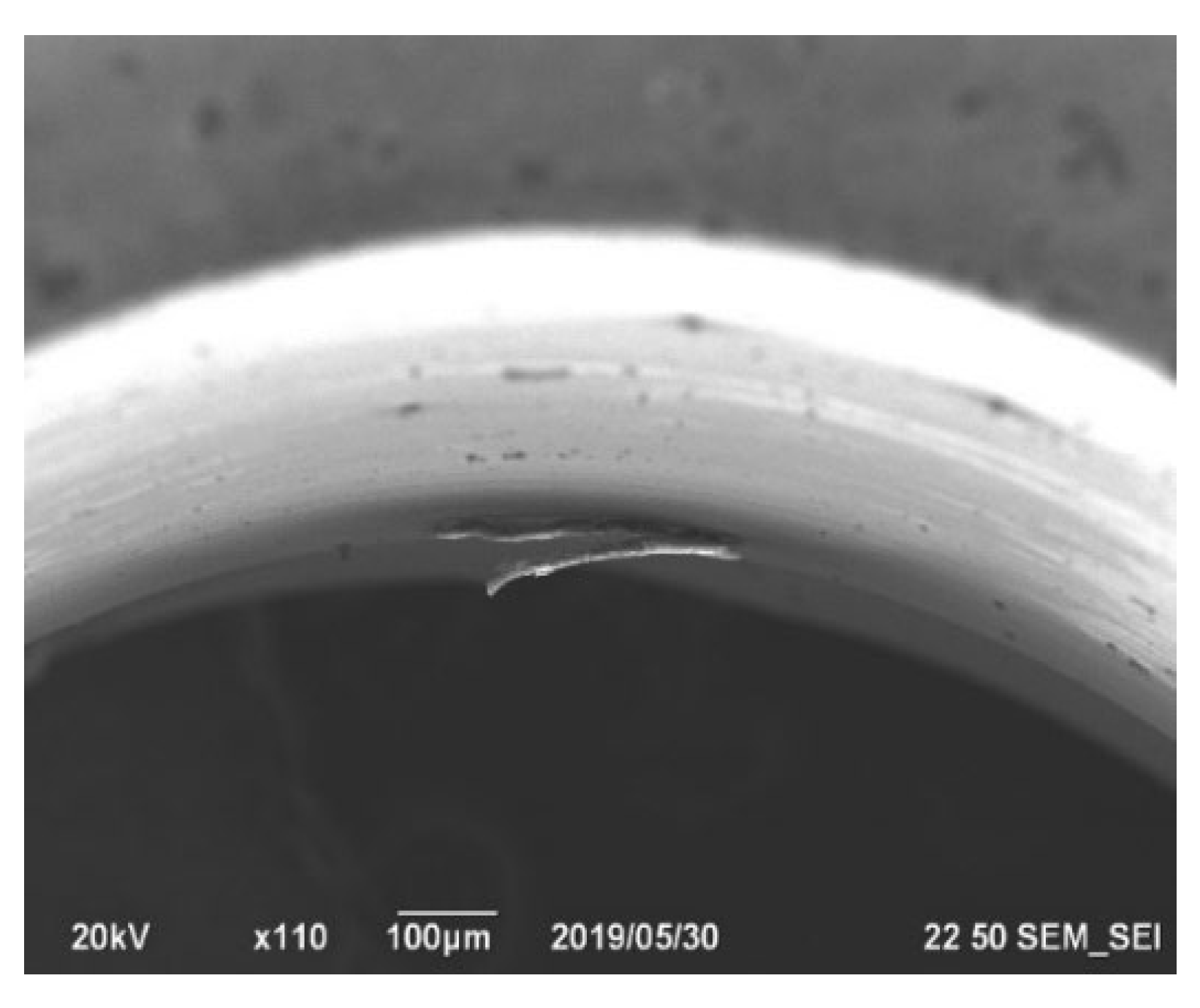
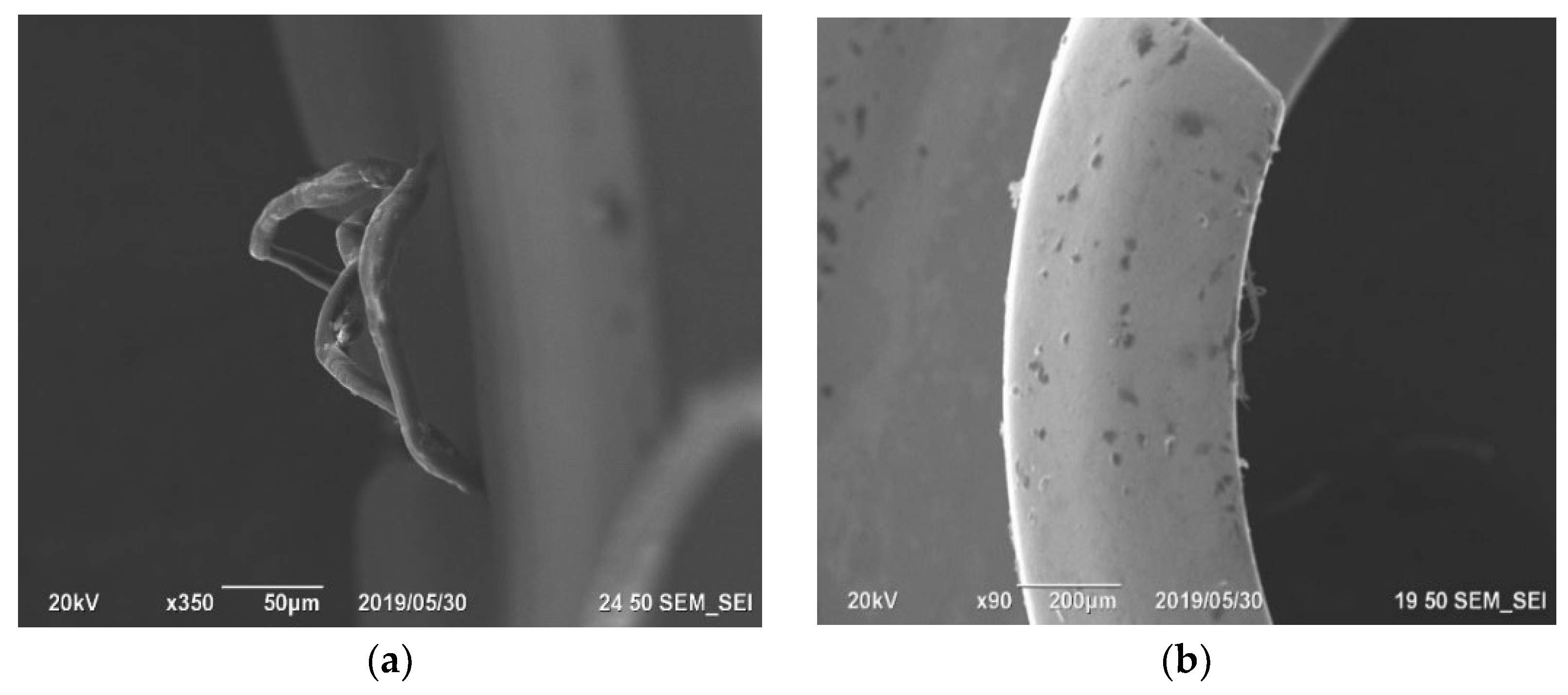


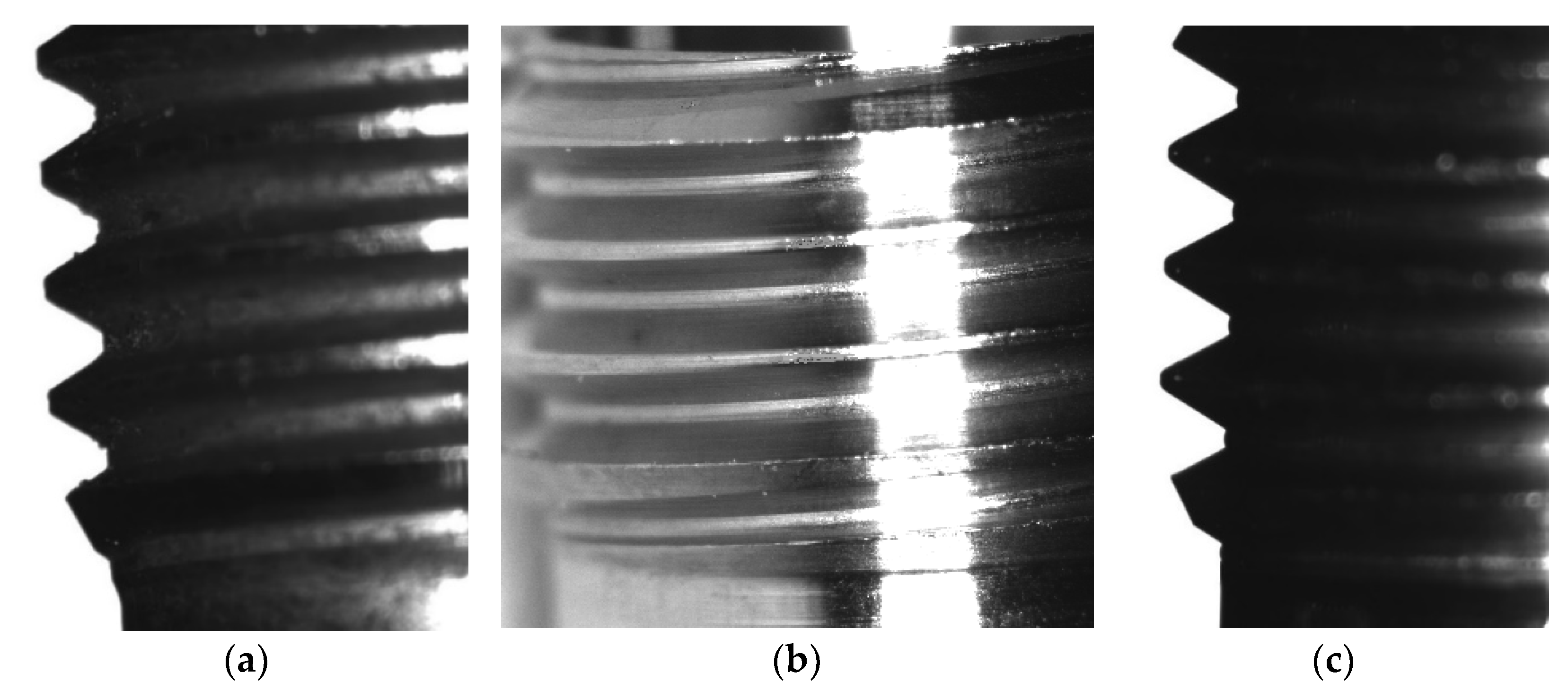

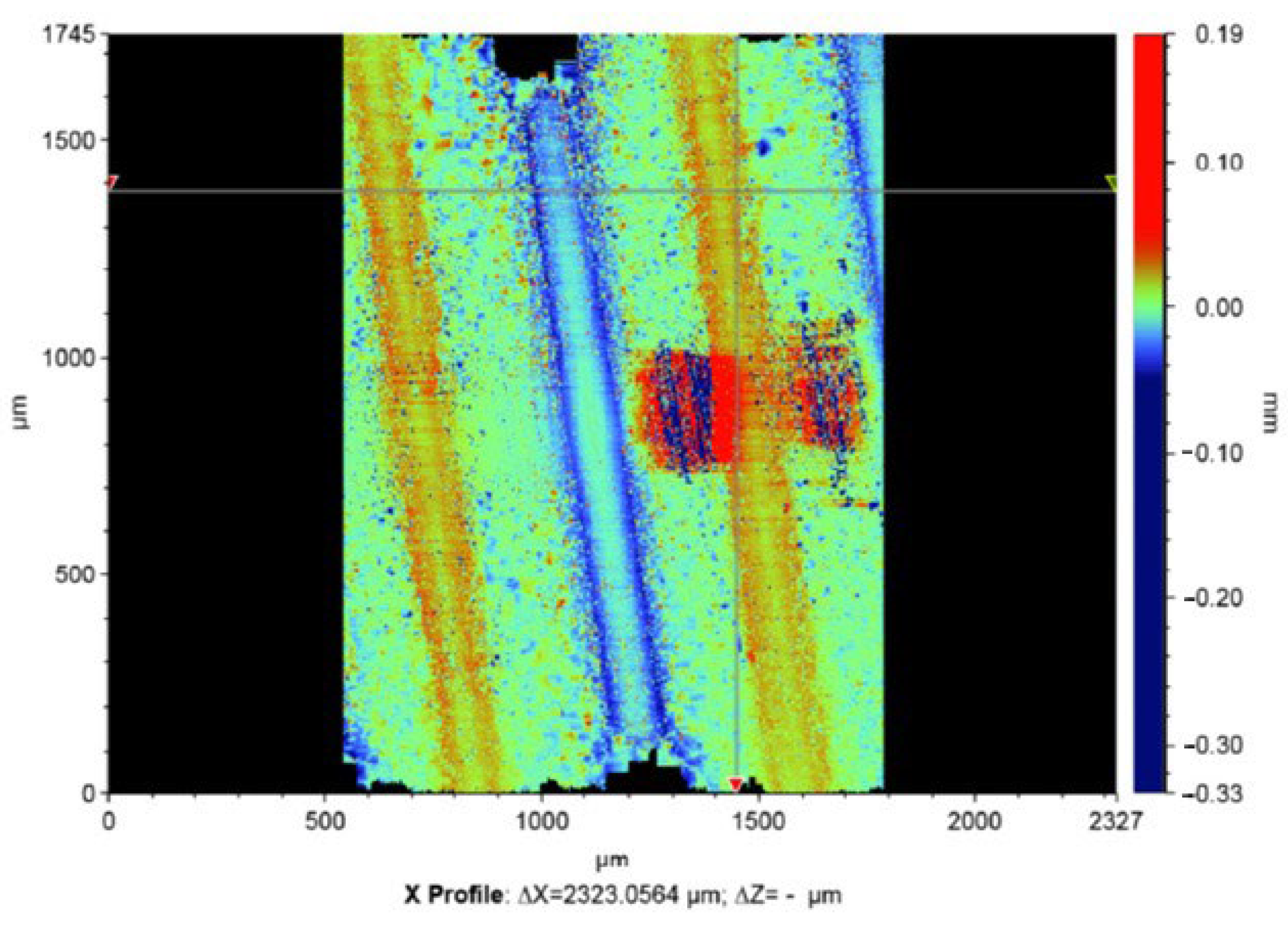

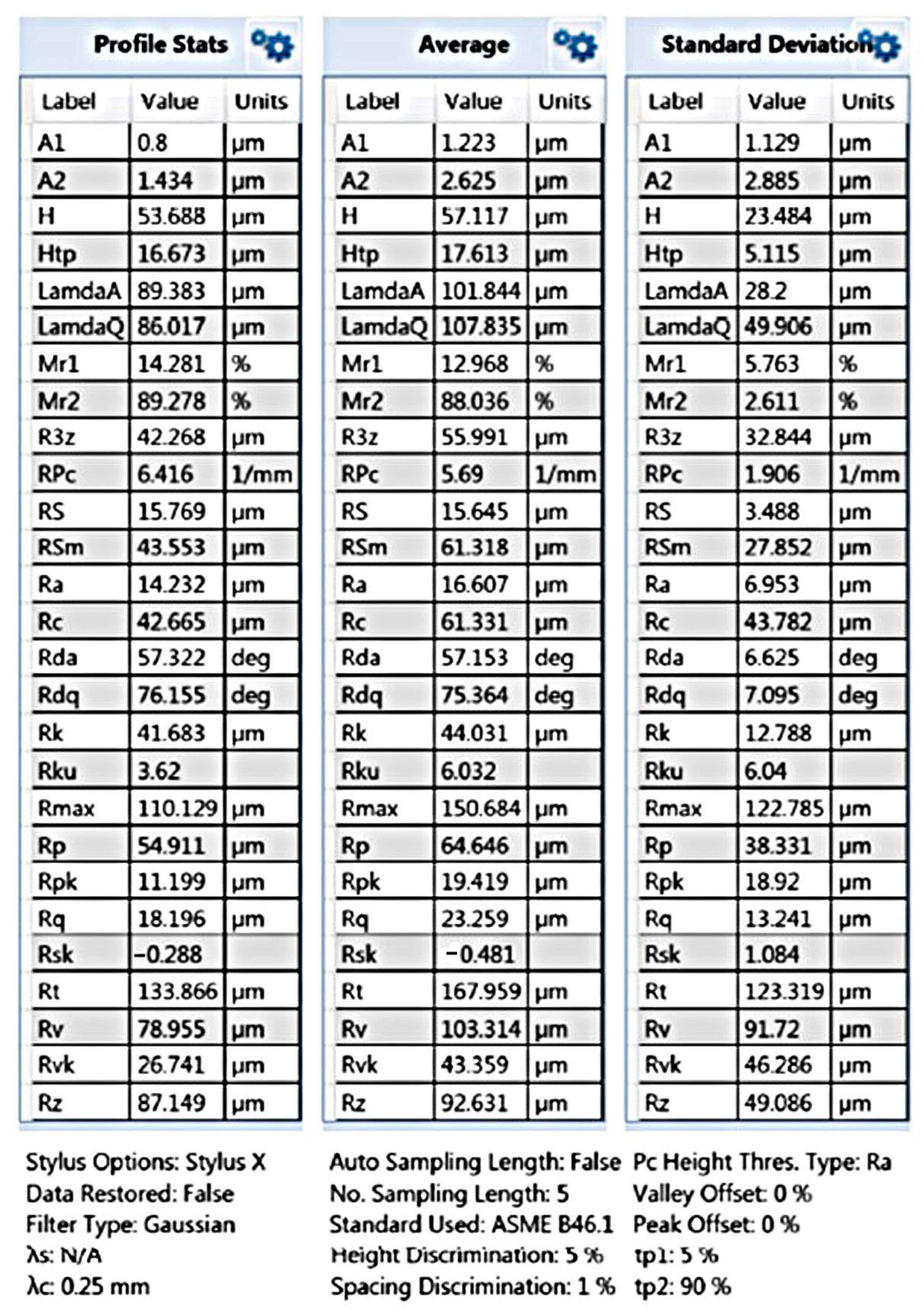
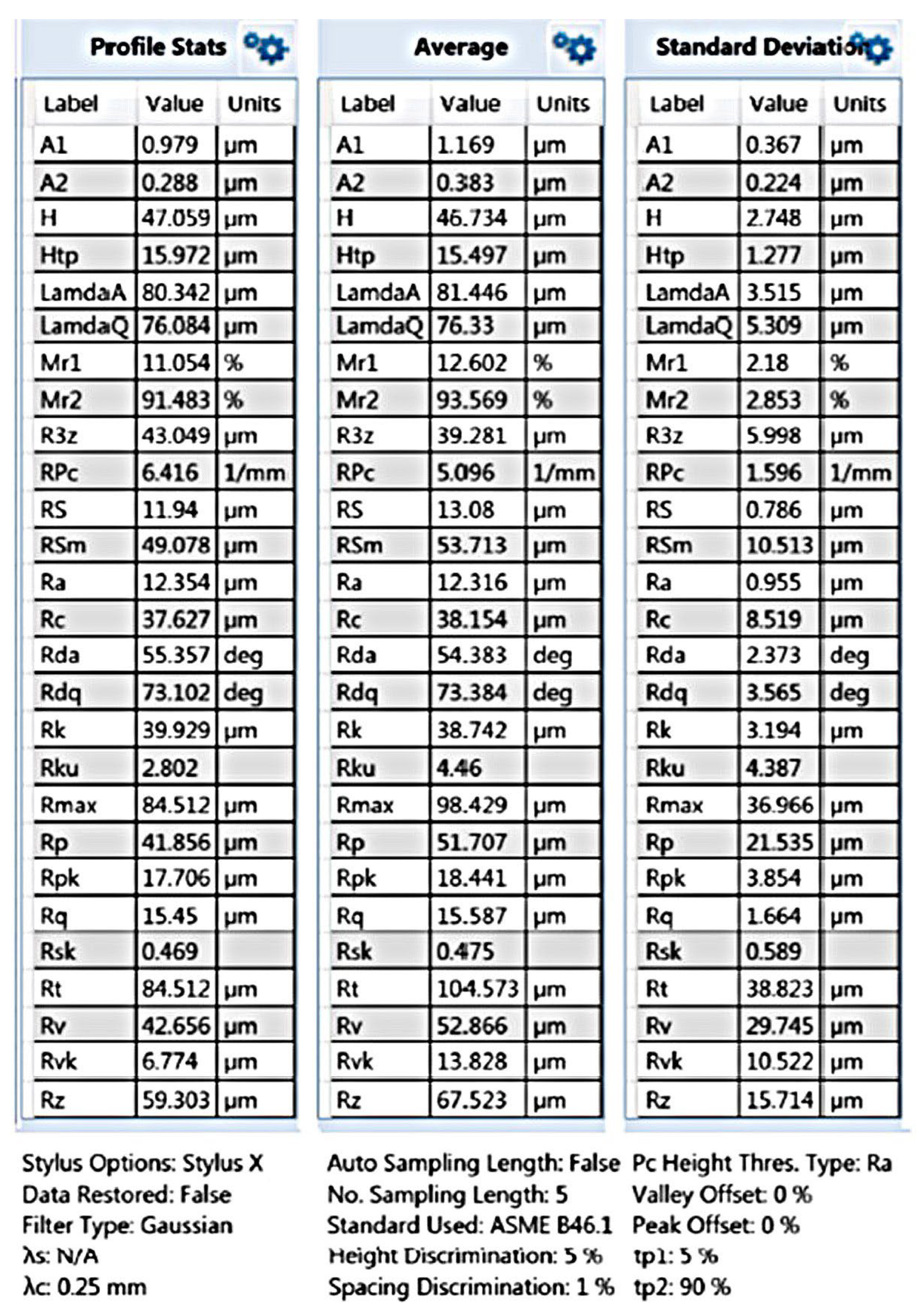
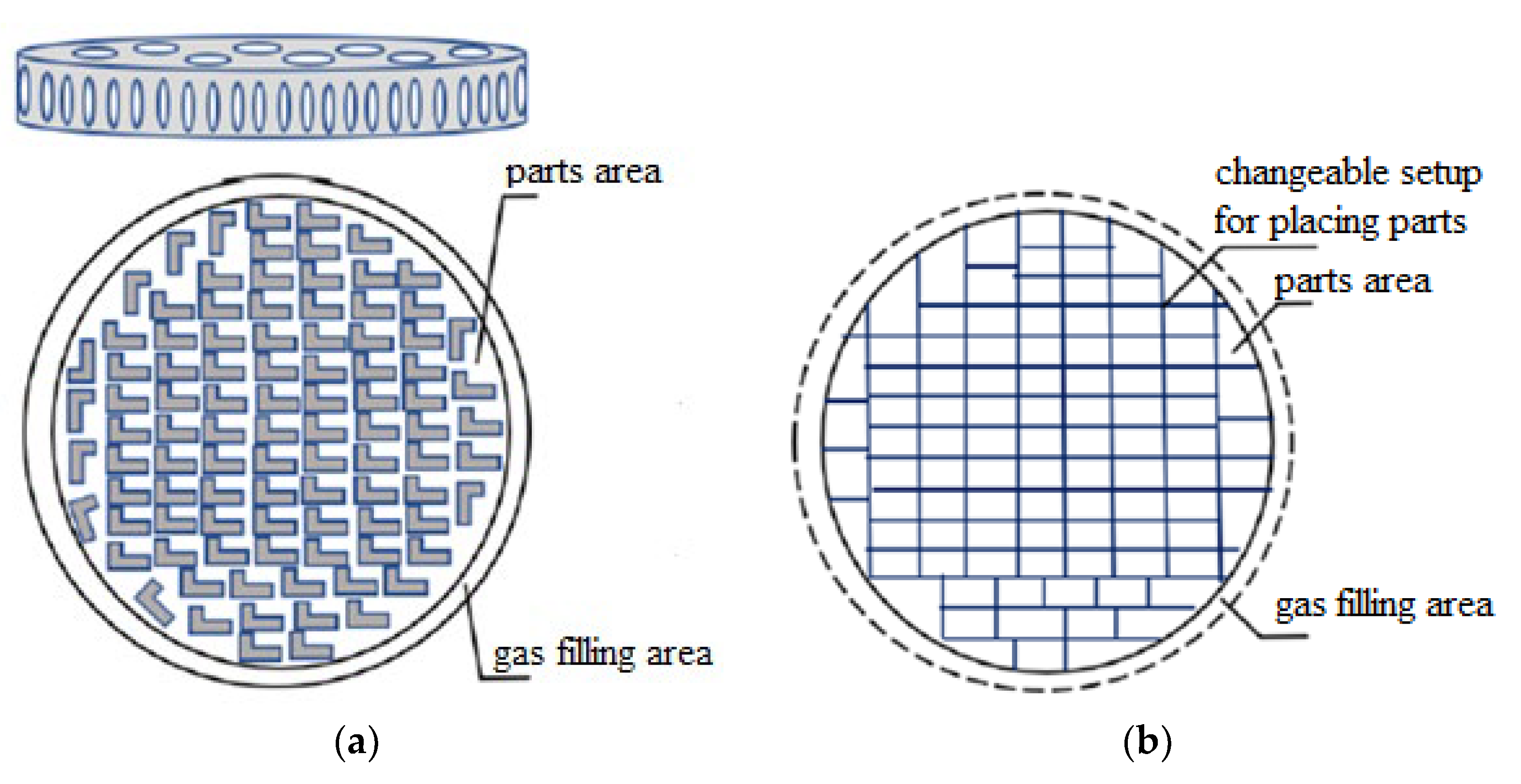

| Type of Fixture for Batch Processing | Surface Area Minimum | Placement Time Is Minimal | Mixture Access to All Surfaces of the Part | Small Parts Range Coverage |
|---|---|---|---|---|
| Container with lid | no | yes | no | yes |
| Hanger with snap hook | yes | no | yes | only parts with a hole |
| Suspension with spring grip | yes | no | no | yes |
| Mesh tube | no | no | yes | yes |
| Low height container with lid and parts divider | no | yes | yes | yes |
Publisher’s Note: MDPI stays neutral with regard to jurisdictional claims in published maps and institutional affiliations. |
© 2022 by the authors. Licensee MDPI, Basel, Switzerland. This article is an open access article distributed under the terms and conditions of the Creative Commons Attribution (CC BY) license (https://creativecommons.org/licenses/by/4.0/).
Share and Cite
Isametova, M.E.; Martyushev, N.V.; Karlina, Y.I.; Kononenko, R.V.; Skeeba, V.Y.; Absadykov, B.N. Thermal Pulse Processing of Blanks of Small-Sized Parts Made of Beryllium Bronze and 29 NK Alloy. Materials 2022, 15, 6682. https://doi.org/10.3390/ma15196682
Isametova ME, Martyushev NV, Karlina YI, Kononenko RV, Skeeba VY, Absadykov BN. Thermal Pulse Processing of Blanks of Small-Sized Parts Made of Beryllium Bronze and 29 NK Alloy. Materials. 2022; 15(19):6682. https://doi.org/10.3390/ma15196682
Chicago/Turabian StyleIsametova, Madina E., Nikita V. Martyushev, Yuliya I. Karlina, Roman V. Kononenko, Vadim Y. Skeeba, and Bakhyt N. Absadykov. 2022. "Thermal Pulse Processing of Blanks of Small-Sized Parts Made of Beryllium Bronze and 29 NK Alloy" Materials 15, no. 19: 6682. https://doi.org/10.3390/ma15196682
APA StyleIsametova, M. E., Martyushev, N. V., Karlina, Y. I., Kononenko, R. V., Skeeba, V. Y., & Absadykov, B. N. (2022). Thermal Pulse Processing of Blanks of Small-Sized Parts Made of Beryllium Bronze and 29 NK Alloy. Materials, 15(19), 6682. https://doi.org/10.3390/ma15196682








